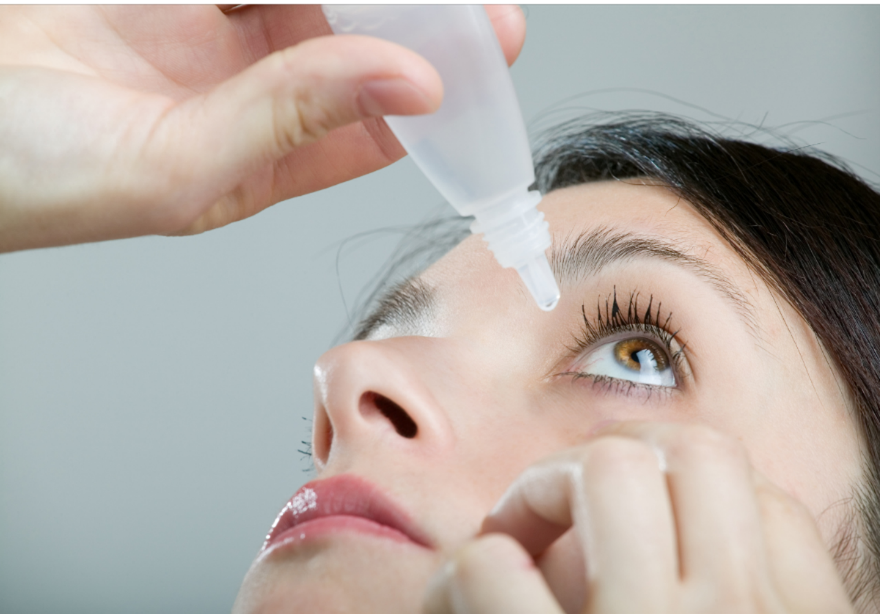BostonSight Announces Patient Marketing Campaign for BostonSight SCLERAL
Aims to inform patients of the benefits of scleral lenses for specific eye conditions Needham, Mass. –April 19, 2022 –BostonSight announced today it has launched a patient marketing campaign for BostonSight SCLERAL®. BostonSight SCLERAL is a commercially available scleral lens product manufactured by BostonSight. The intent of the campaign is to provide patients with easily accessible content about scleral lenses and to promote confidence that scleral lenses might be the right solution for their eye condition. The campaign focuses on finding relief from three conditions for which scleral lenses are often used: dry eye disease, keratoconus, and post-LASIK ectasia. Current estimates put dry eye as affecting 1 in 100 adults and keratoconus at 1 in 2,000 people in the U.S., while post-LASIK ectasia is a rare but devastating side-effect of LASIK surgery. Each condition includes a profile of a patient with the condition, how the condition affected their life, their treatment path, and the outcome from using a scleral lens. When people can relate to a patient story, they can envision a positive outcome for themselves. “Scleral lenses are becoming more and more common in the eye care industry, and they have enormous benefits,” said Karen G. Carrasquillo, OD, PhD, FAAO, FSLS, FBCLA, BostonSight’s VP of Clinical and Professional Affairs. “We want patients to know about the benefits of scleral lenses so they can find them earlier in their eye care journey. This campaign provides patients with the foundational tools to advocate for themselves and start a conversation with [...]

